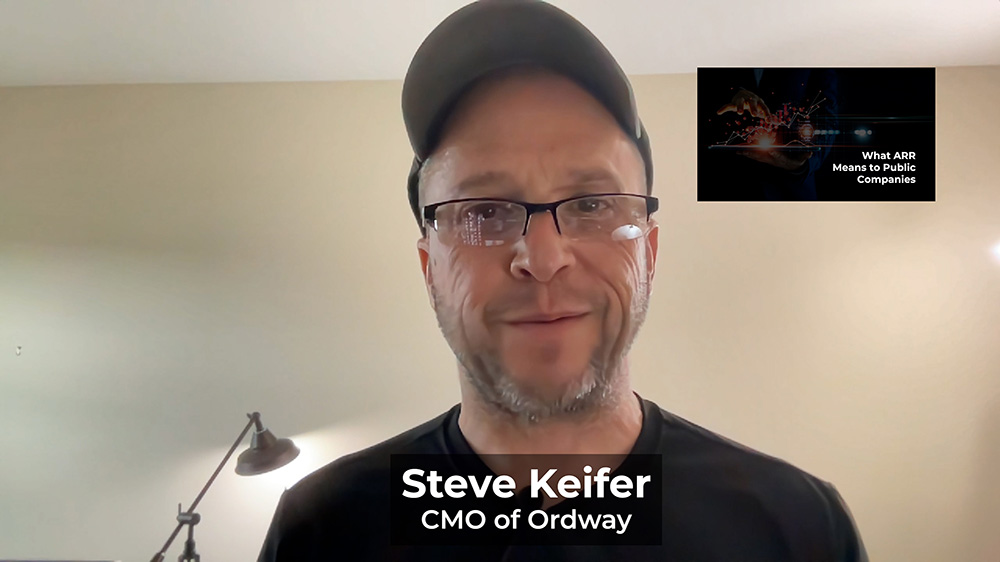Annual Recurring Revenue
It’s the SaaS industry’s most important metric – and it’s much more complex than most people realize.
Founders actively compete to see who can grow to $100M ARR the fastest and with the least amount of capital. Many of the most successful SaaS companies – the ones with big exits and IPOs – took 10 to 15 years to reach Centaur status. But that’s an eternity in today’s hypergrowth era. Both Deel and Wiz reached $100M ARR in less than two years. I suspect there is another company that will soon announce it reached the milestone in an even shorter timeframe.
It’s not just CEOs and CFOs that care about ARR. Employees at SaaS companies are focused on it as well, because we’ve tied their bonuses to ARR goals. Compensation drives behavior, and many of the day-to-day decisions at SaaS companies are designed to maximize ARR. ARR drives how sales reps discount deals and structure contracts. ARR drives how product managers package features and pricing tiers. ARR drives how customer success negotiates renewals and expansions.
We eat, breathe, and sleep ARR, but do we really understand what it is?
If you gathered a group of CFOs and VCs into a room, they would tell you that ARR is MRR x 12. But it’s not that simple. We analyzed the investor communications from 135 public companies traded on the NASDAQ and NYSE. We learned that:
- ARR Formulas – Some SaaS companies calculate ARR by multiplying the contracted subscription price by 12. Others take their latest monthly GAAP revenue and annualized it. A handful of others calculate the average monthly price paid over the contract term and multiply it by 12.
- Reporting Start Dates – Some SaaS companies start to report ARR as soon as the contract is booked. Others wait until implementation is finished. A handful of others align ARR with the start of revenue recognition.
- Reporting End Dates – Some SaaS companies stop reporting ARR as soon as a customer notifies intent to cancel. Others extend a grace period for as long as 180 days after contract expiration to negotiate a renewal.
- Included Products and Pricing Models – Some SaaS companies include revenue from monthly plans while others don’t. Some include revenues from usage-based pricing and payment transactions while others do not. Some include revenues from professional services engagements that are recurring in nature, while others do not.
- Excluded Customer Segments and Product Lines – Some SaaS companies exclude certain customer segments such as SMBs from ARR reporting. Others exclude revenue generated from certain product lines – think legacy SKUs or end-of-life products. A handful of SaaS companies exclude revenues from resellers or other distribution channels.





